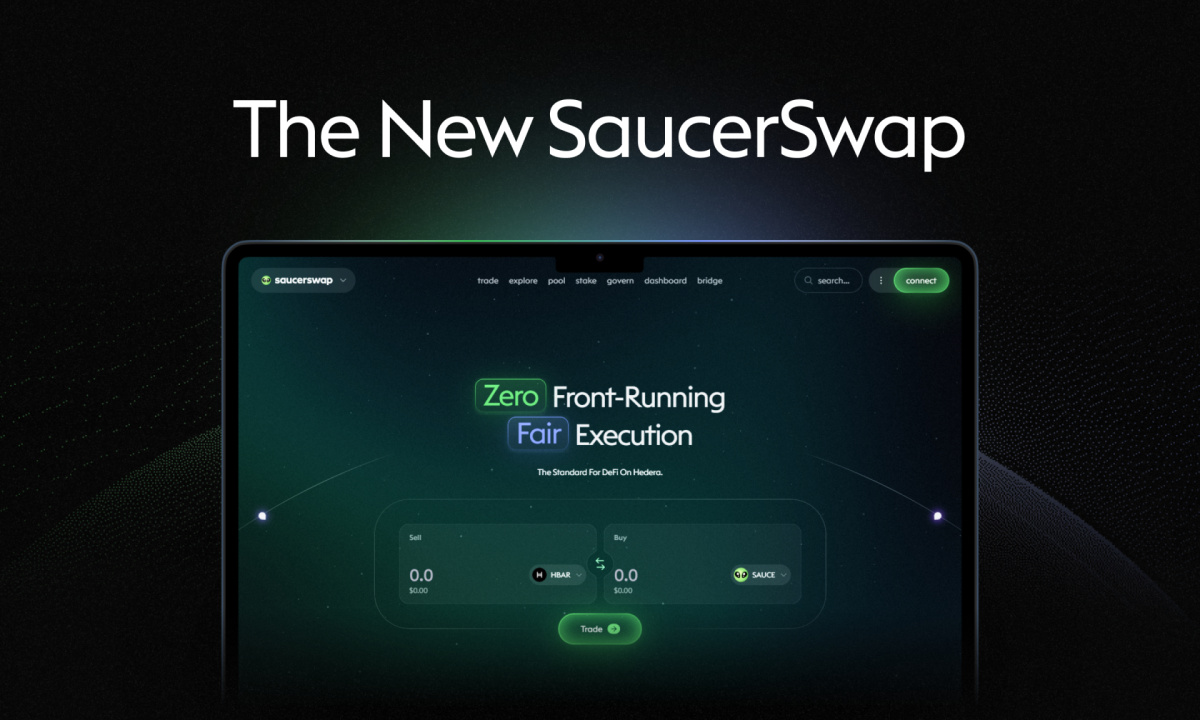The volatility indicators are generally a set of technical tools that define volatility or the deviation of the security from its mean price, whether high or low. Therefore, they are used by technicians to gorge whether the inputs in the indicators are leading to an increase or decrease in the visual output.
These indicators are generally used to evaluate low volatility, which focuses on the predictability of short-term swings, and high volatility, which stresses unpredictability for short-term price predictions.
Even though volatility is directionless information, an accurate Implementation of a visual presentation by a technician can support Momentum and range analysis.
Comparatively volatile instruments are riskier than non-volatile instruments because of the added uncertainty. Therefore, volatility traders are found more to be in need of quality indicators as they need to find out the perfect timing of entry and exits, which is generally in mild times to wild times, respectively.
Bollinger Bands
These are the most popular technical indicators developed in the 1980s by John Bollinger. The indicator is usually made up of three lines and is infused within the price chart window. The middle lane is usually the main line, which is this simple moving average of the trend. In contrast, The upper and the lower line are usually derivations of the middle line, which are set to be two standard deviations away from the simple moving average line each.
And prices usually break above the upper band Bollinger trend indicator. This usually means an overbought situation soon followed by pent-up selling pressure. The opposite is also true when the prices typically break below the lower line, indicating the potential execution of buying activity.
Another essential function Bollinger bands serve is their use in conjunction with another indicator called Trendline. Such characteristics can be beneficial in instilling confidence when studying markets or preparing for taking trades.
Ichimoku Cloud
The Ichimoku cloud is a package of multiple technical indicators, signal support, resistance, market trend, and market momentum. It belongs to the category of a few indicators that attempt to convey several meaningful insights into one package. Therefore, it makes it difficult to understand at first glance, but it’s commonly used among professional traders and market participants.
The way to interpret the Ichimoku cloud is to look for the tandem between price and the cloud.
Trends are said to be high when prices are above the cloud, weak when prices are below the cloud, or transitioning prices seen inside them.
This indicator helps assess risk by looking at larger trends with the help of multiple indicators and seeing how small movements can fit within the general market picture as a whole.
Keltner Channels
These bands move around the dedicated Priceline to both volatility and predict price movements and the directions. The middle line is the exponential moving average, and the upper and lower bands are made up of multiples of the actual average range.
When the price seems to be lifted above the upper band, the price direction is assigned a bullish status and vice versa if the price moves along or below the lower band.
Like Bollinger Bands, Keltner Channels provide support and resistance via upper and lower channels, indicating oversold and overbought levels.












